Take a seat: City Benches winning designs revealed during LFA
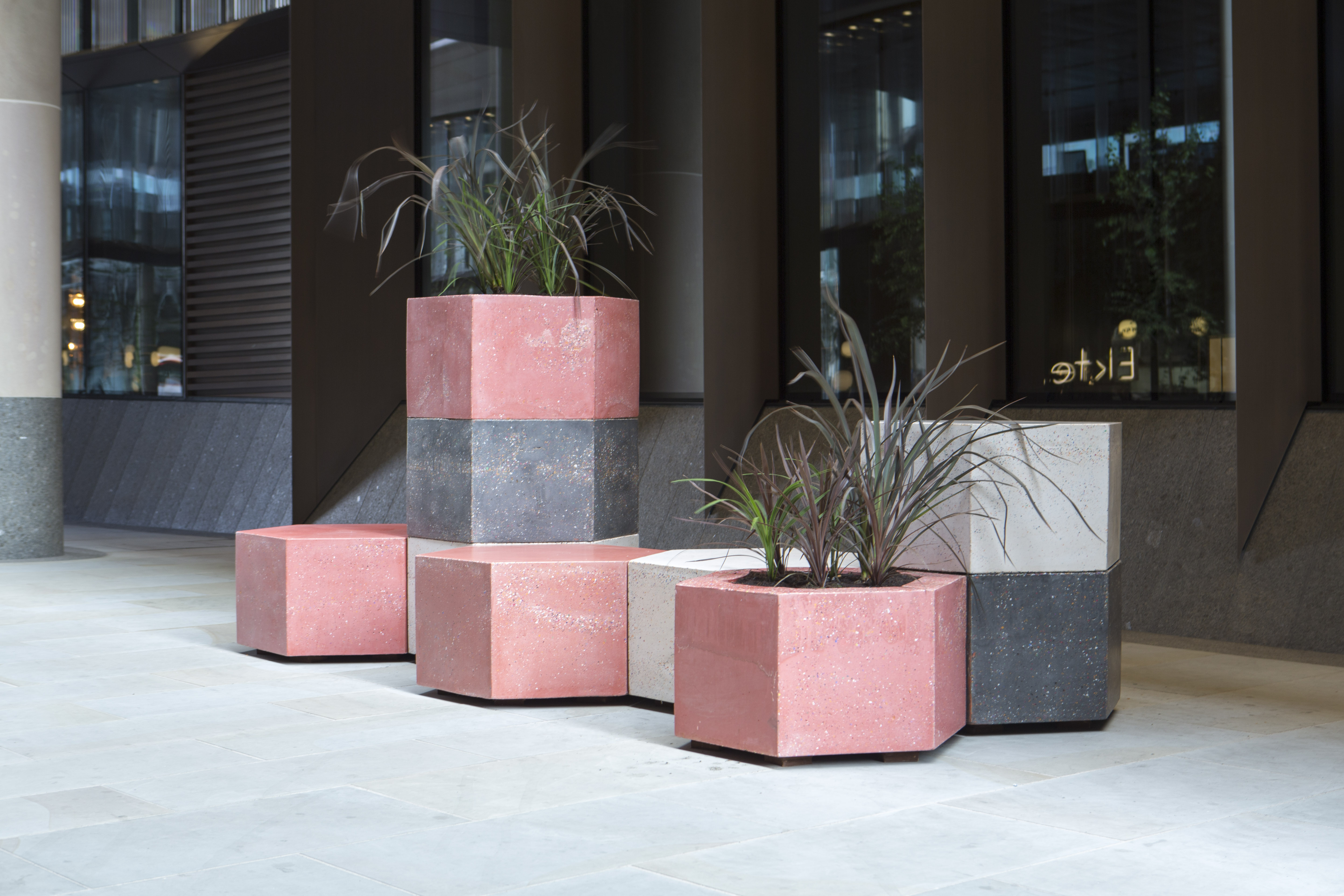
The City of London is one of this year’s London Festival of Architecture’s (LFA) key focus areas, and one of the hub’s big flagship events has just been unveiled; the winning designs of the City Benches competition that took place earlier this spring have just been installed at their respective sites.
The winners, a series of one-off benches, were selected via an open-call competition that sought to reward young, dynamic practices that submitted creative designs in a range of materials and styles. The process involved the winning designs being realised and installed in a specific location – designs were matched with sites by the organisers.
The nine selected pieces have now been unveiled at a variety of London locations, including London Bridge Station, the Royal Exchange, the Bloomberg Arcade, One New Change, 150 Cheapside, Bow Church Yard, Fen Court, Creechurch Place, and Jubilee Gardens. The studios behind the imaginative creations range in scale, and their approaches are equally varied, with benches produced in everything from concrete and wood to metal and ceramics. Some reference the locale’s identity, and for others, the author has found inspiration in more personal stories and readings of the city.
‘For the London Festival of Architecture – with our mission to change London for the better and support its emerging creative talent, City Benches is the perfect project’, says LFA director Tamsie Thomson. ‘The new installations demonstrate how small-scale interventions, in the hands of talented architects and designers, can make a big difference the city around us and will be enjoyed by hundreds of thousands of people. We’re very grateful to the City of London Corporation, Cheapside Business Alliance and Team London Bridge for making this project happen.‘
The project was brought to life as a partnership between the LFA, the City of London Corporation and Cheapside Business Alliance. The benches will remain at their current location until the end of the month, when the festival closes.
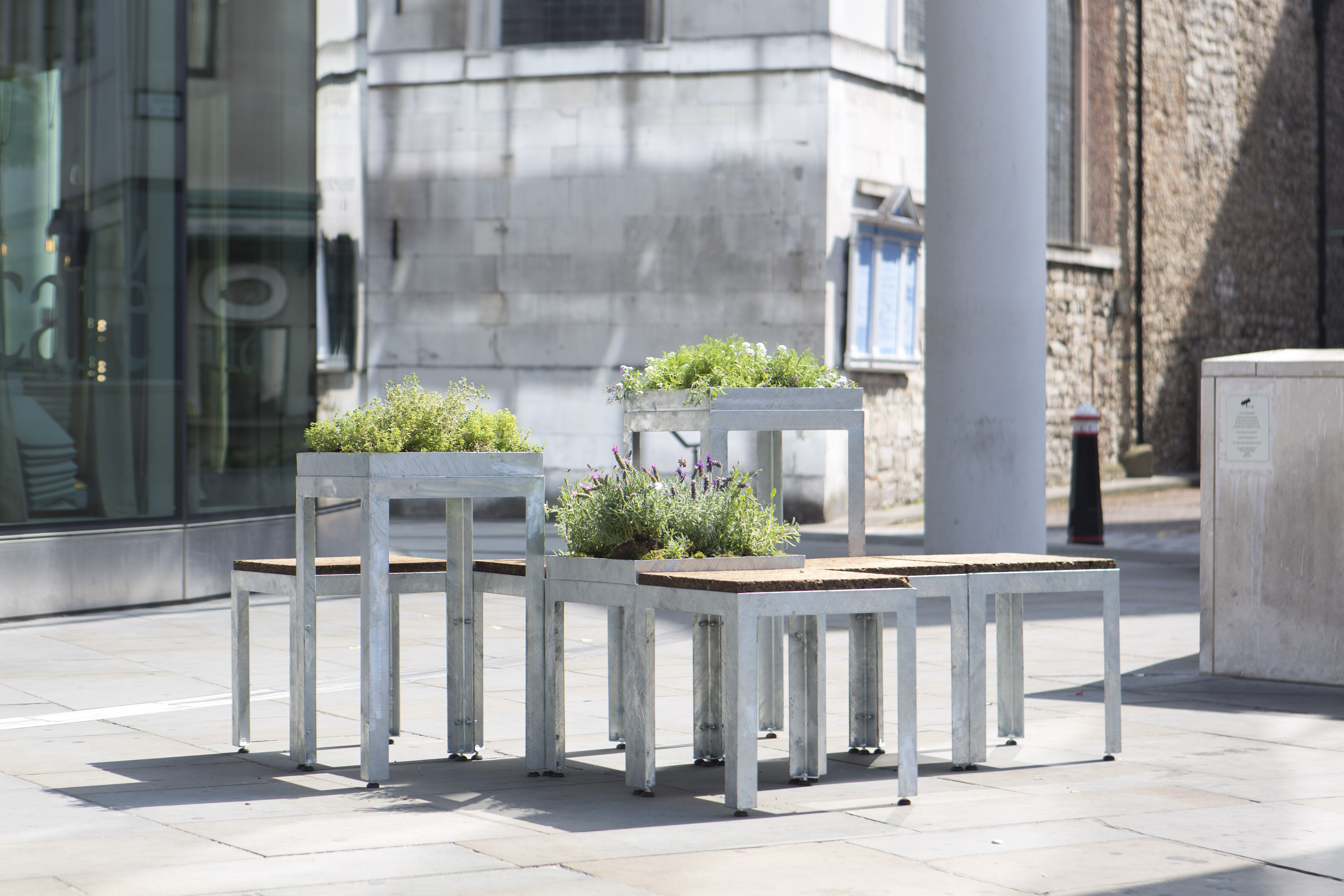
’The Garden Bench’ by Eleanor Dodman Architects at 150 Cheapside.
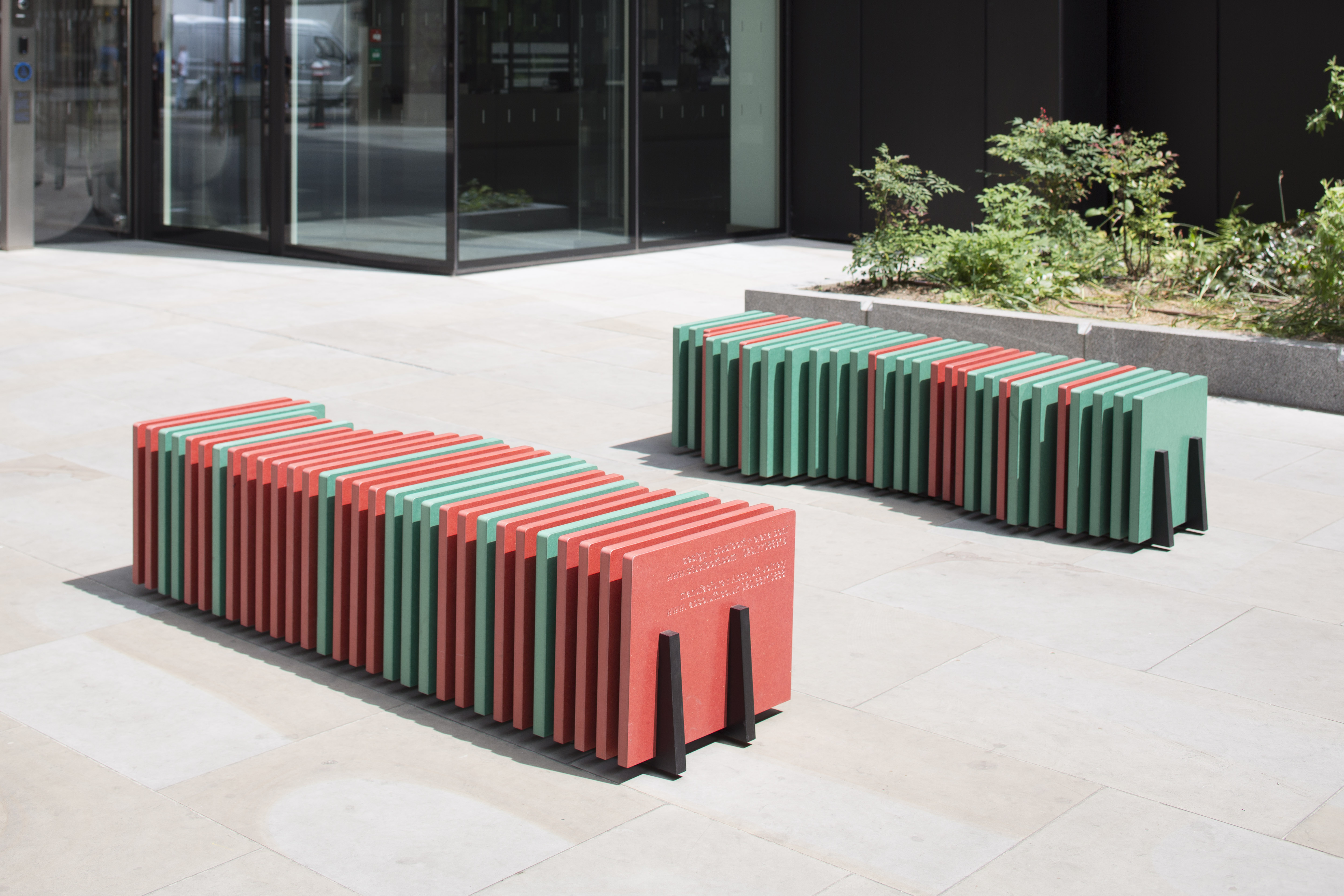
’City Benchmark’ by Elena Boni + Studioort at Creechurch Place.
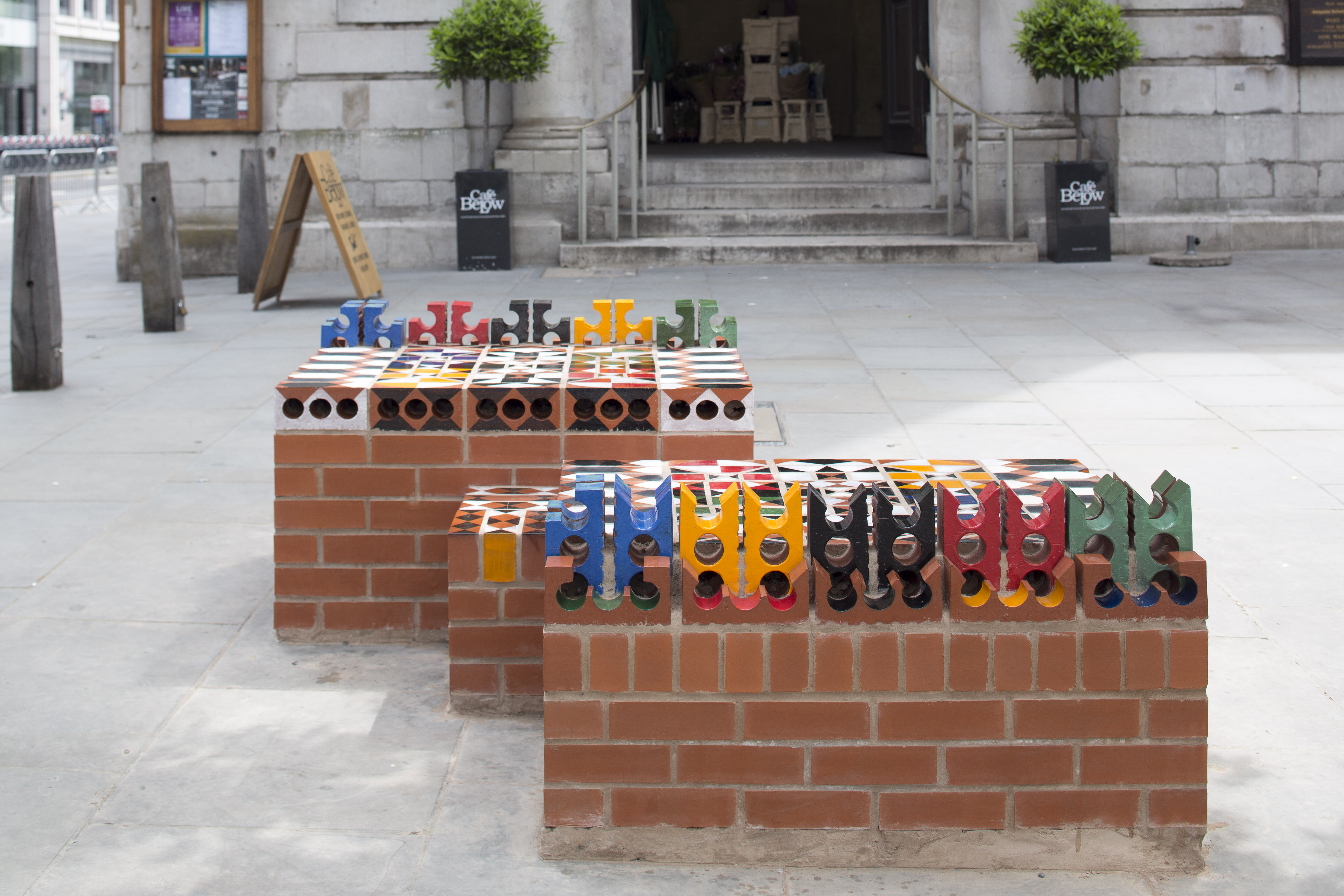
’Ceramic City Bench’ by Maria Gasparian at Bow Church Yard.
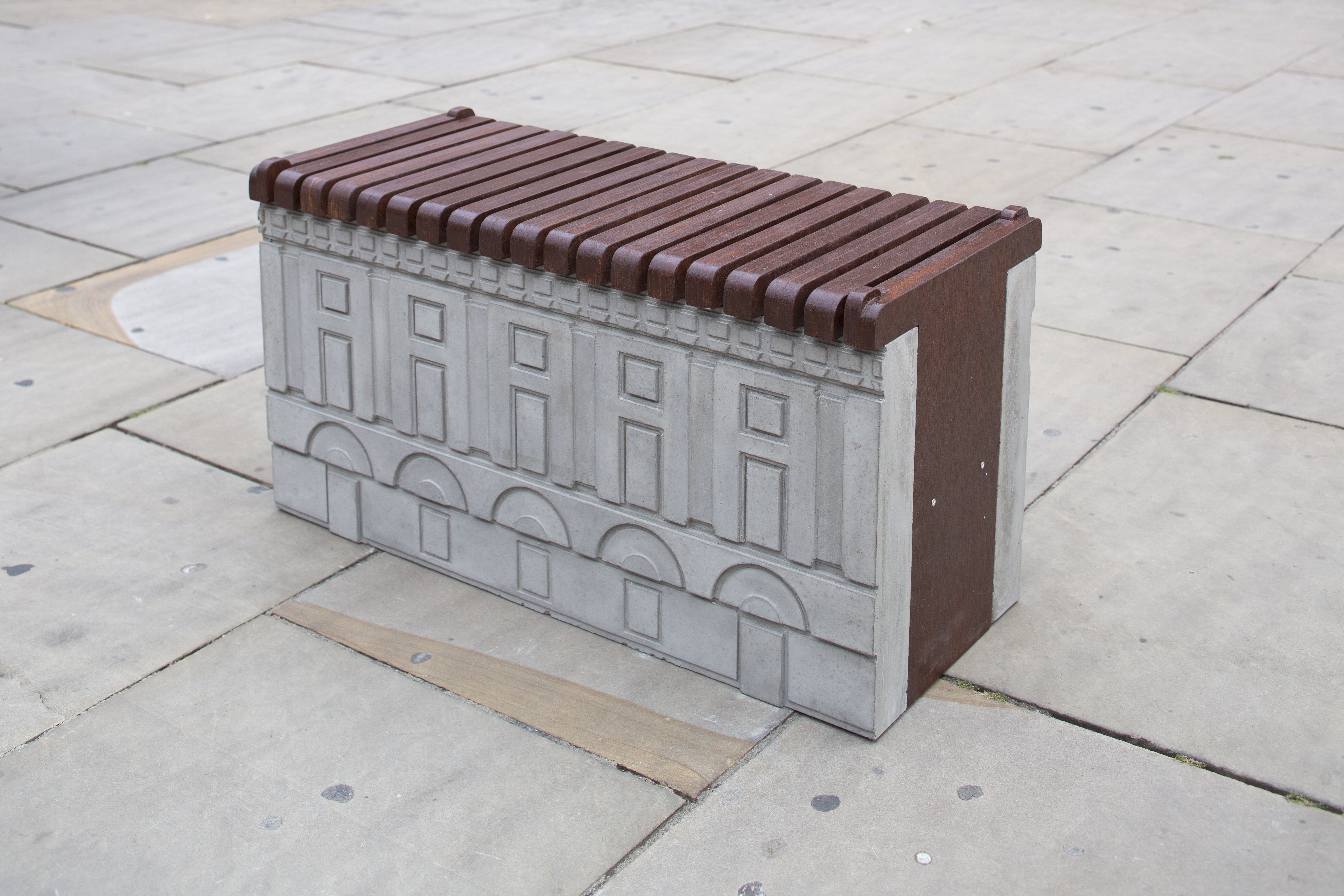
’City Ghosts’ by Mariya Lapteva in front of the Royal Exchange.
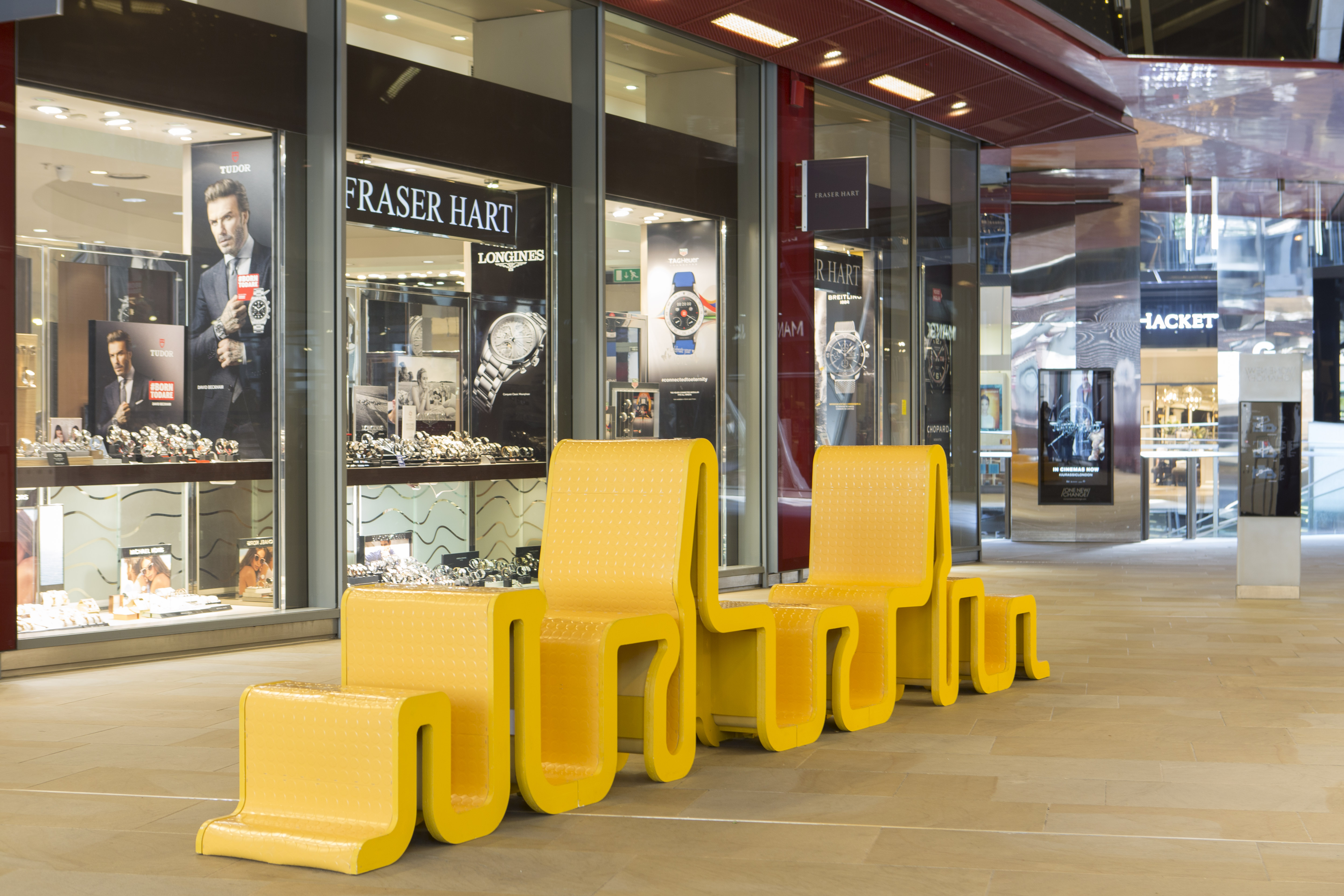
’A Bench for Everyone’ by McCloy + Muchemwa inside One New Change.
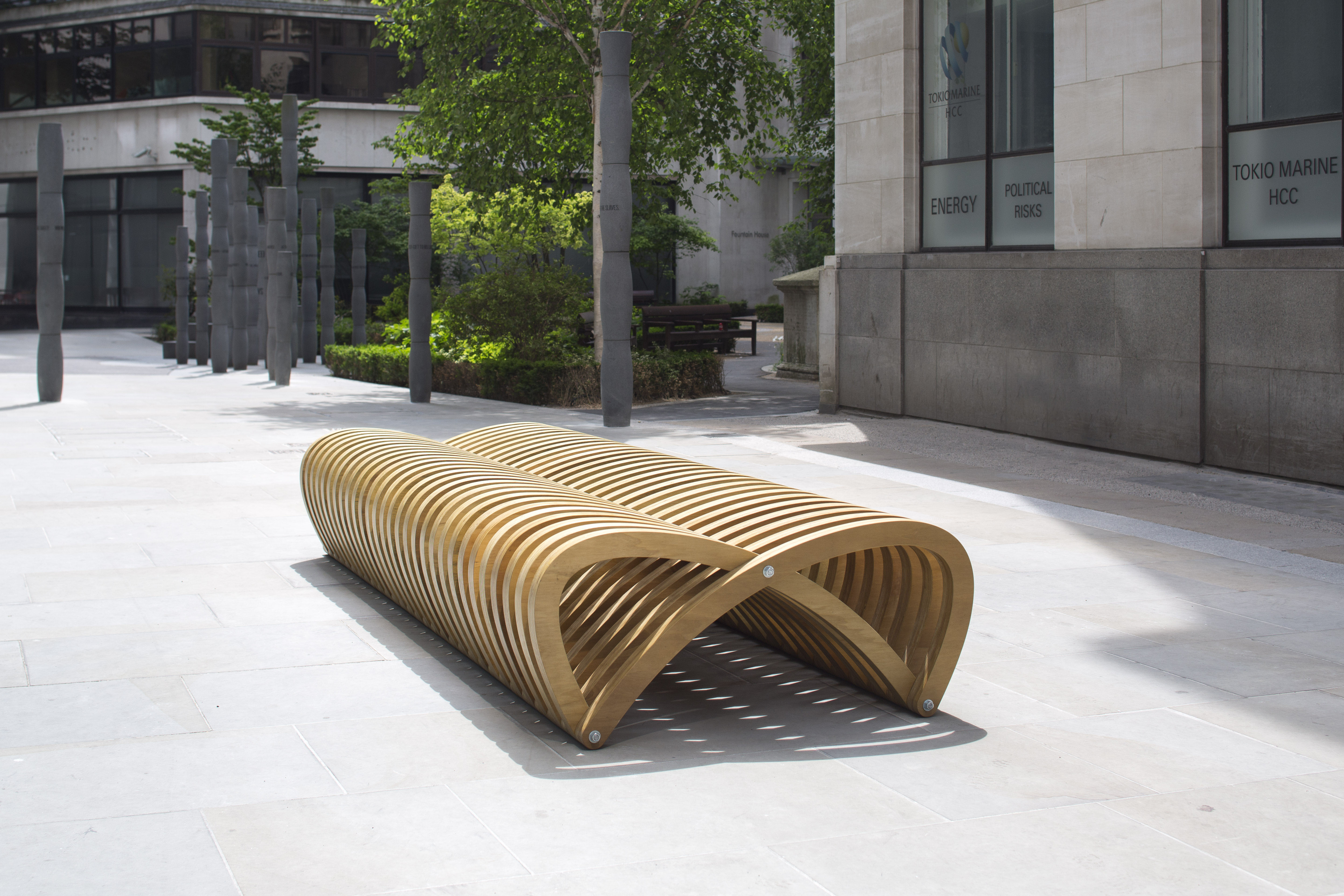
’Double Bench’ by Mills Turner at Fen Court.

’Money Box’ by Nicholas Kirk Architects outside London Bridge Station.
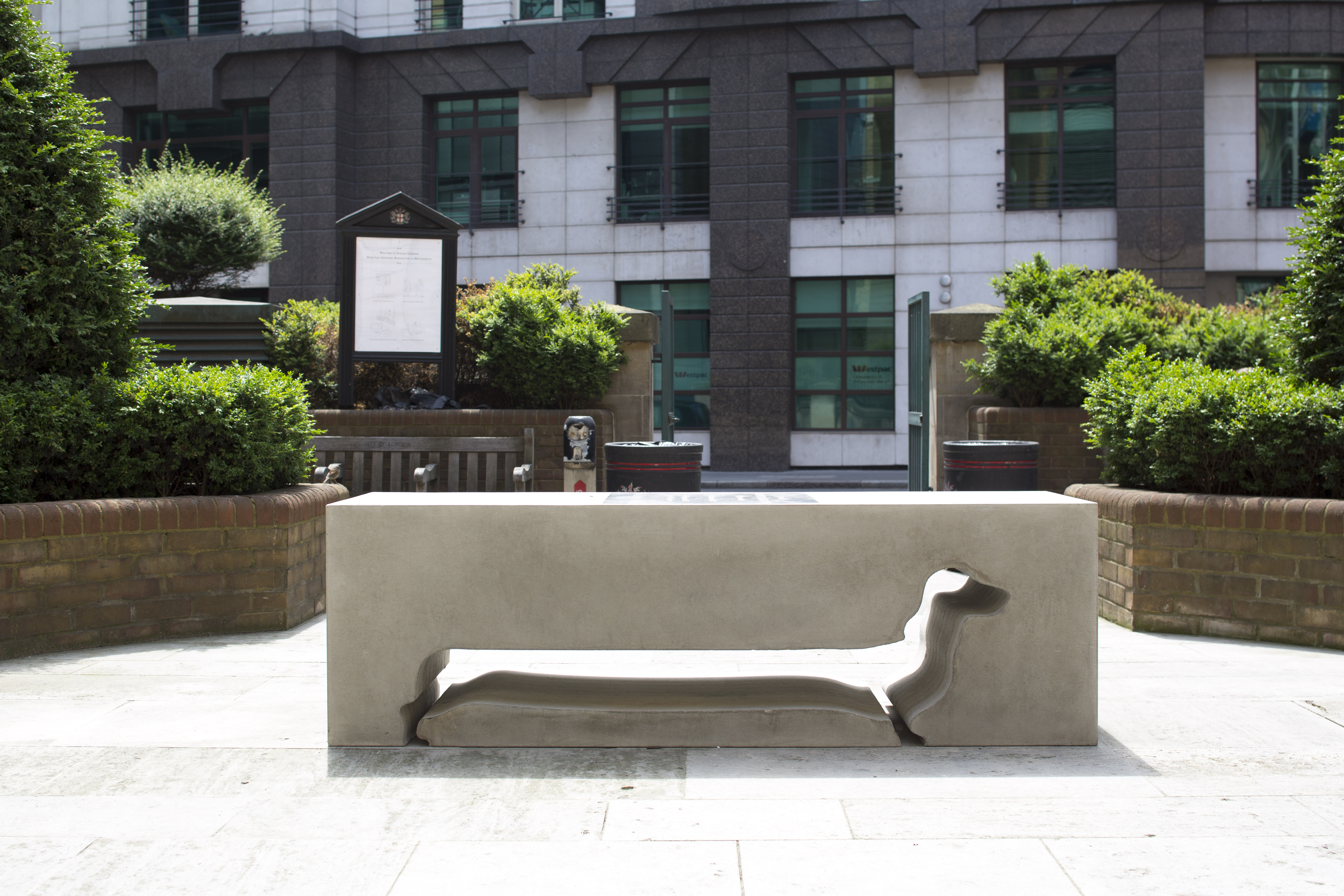
’Here Lies Geoffrey Barkington’ by Patrick McEvoy at Jubilee Gardens.
INFORMATION
For more information visit the London Festival of Architecture website
Receive our daily digest of inspiration, escapism and design stories from around the world direct to your inbox.
Ellie Stathaki is the Architecture & Environment Director at Wallpaper*. She trained as an architect at the Aristotle University of Thessaloniki in Greece and studied architectural history at the Bartlett in London. Now an established journalist, she has been a member of the Wallpaper* team since 2006, visiting buildings across the globe and interviewing leading architects such as Tadao Ando and Rem Koolhaas. Ellie has also taken part in judging panels, moderated events, curated shows and contributed in books, such as The Contemporary House (Thames & Hudson, 2018), Glenn Sestig Architecture Diary (2020) and House London (2022).
-
 Take an exclusive look inside Marc Newson and Ressence’s new watch collaboration
Take an exclusive look inside Marc Newson and Ressence’s new watch collaborationA serendipitous collaboration between innovative watch brand Ressence and Marc Newson dials up on the industrial designer’s earlier cult offerings
-
 The Christmas wishlist of an interiors-obsessed Wallpaper* writer
The Christmas wishlist of an interiors-obsessed Wallpaper* writer2026 will be the year I finally finish furnishing my home – ideally with this selection of covetable furniture and accessories from studios and designers that inspire me endlessly
-
 ‘Seriously,’ says Sprüth Magers, art can be funny too
‘Seriously,’ says Sprüth Magers, art can be funny tooAt Sprüth Magers, London, group show ‘Seriously’ delves into humour in art, from the satirical to the slapstick
-
 The Architecture Edit: Wallpaper’s houses of the month
The Architecture Edit: Wallpaper’s houses of the monthFrom wineries-turned-music studios to fire-resistant holiday homes, these are the properties that have most impressed the Wallpaper* editors this month
-
 A refreshed 1950s apartment in East London allows for moments of discovery
A refreshed 1950s apartment in East London allows for moments of discoveryWith this 1950s apartment redesign, London-based architects Studio Naama wanted to create a residence which reflects the fun and individual nature of the clients
-
 In this Cotswolds home, drama meets minimalism
In this Cotswolds home, drama meets minimalismCotswolds home Hiaven house, with interiors designed by McLaren Excell, is a perfect blend of contemporary chic and calm, countryside drama
-
 David Kohn’s first book, ‘Stages’, is unpredictable, experimental and informative
David Kohn’s first book, ‘Stages’, is unpredictable, experimental and informativeThe first book on David Kohn Architects focuses on the work of the award-winning London-based practice; ‘Stages’ is an innovative monograph in 12 parts
-
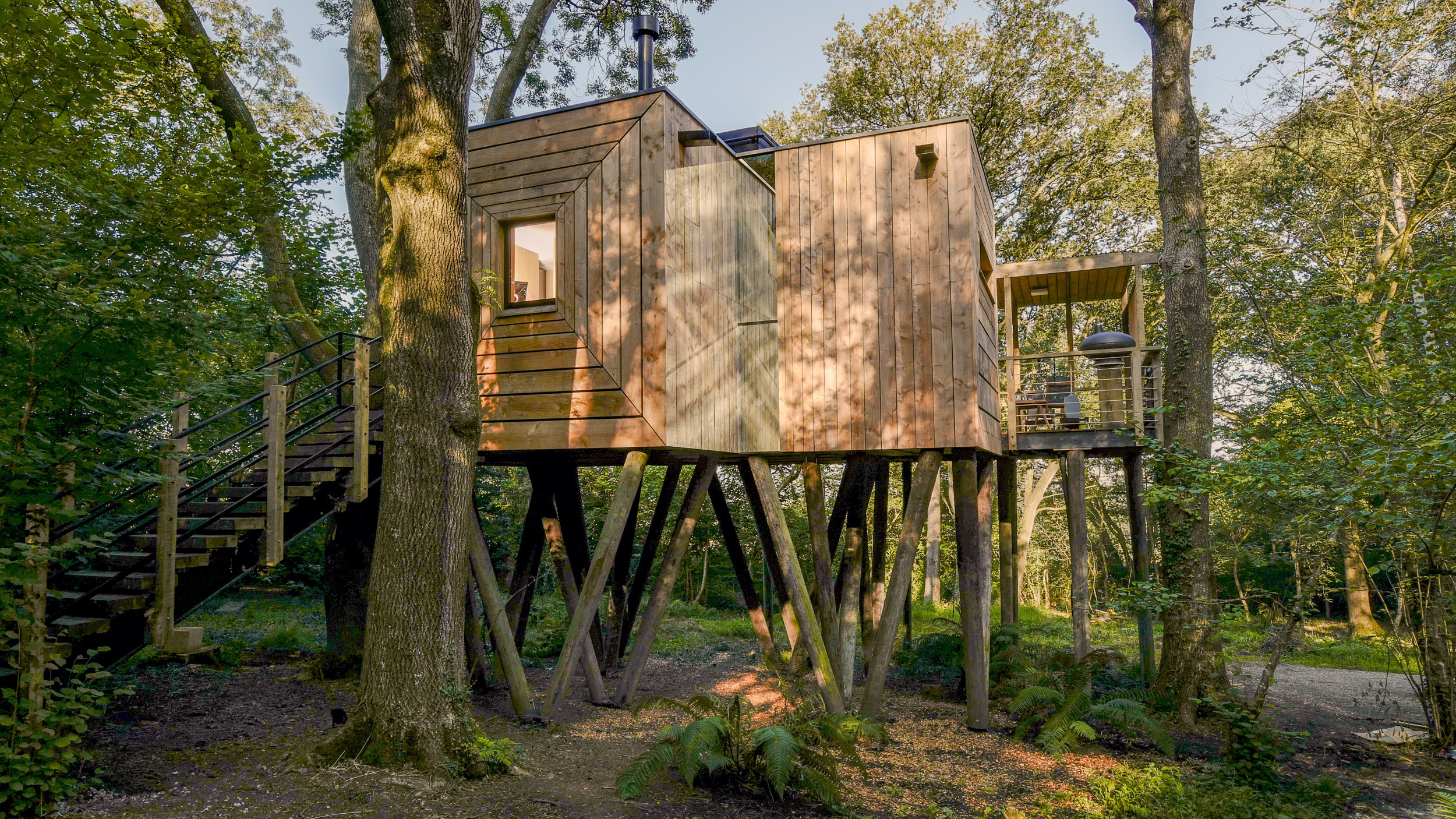 Find solace in the forest at this expansive treehouse retreat in Dorset
Find solace in the forest at this expansive treehouse retreat in DorsetFor sale for the first time, a treehouse, Mallinson’s Woodland Retreat, is a tribute to the skill of designer and master craftsman Guy Mallinson
-
 Modernist Scotland explores the country’s impressive legacy of contemporary architecture
Modernist Scotland explores the country’s impressive legacy of contemporary architectureA new book, Modernist Scotland, delves into the art and ambitions of the International Style in post-war Scotland, presenting 150 projects that typify an age of optimism and innovation.
-
 100 George Street is the new kid on the block in fashionable Marylebone
100 George Street is the new kid on the block in fashionable MaryleboneLondon's newest luxury apartment building brings together a sensitive exterior and thoughtful, 21st-century interiors
-
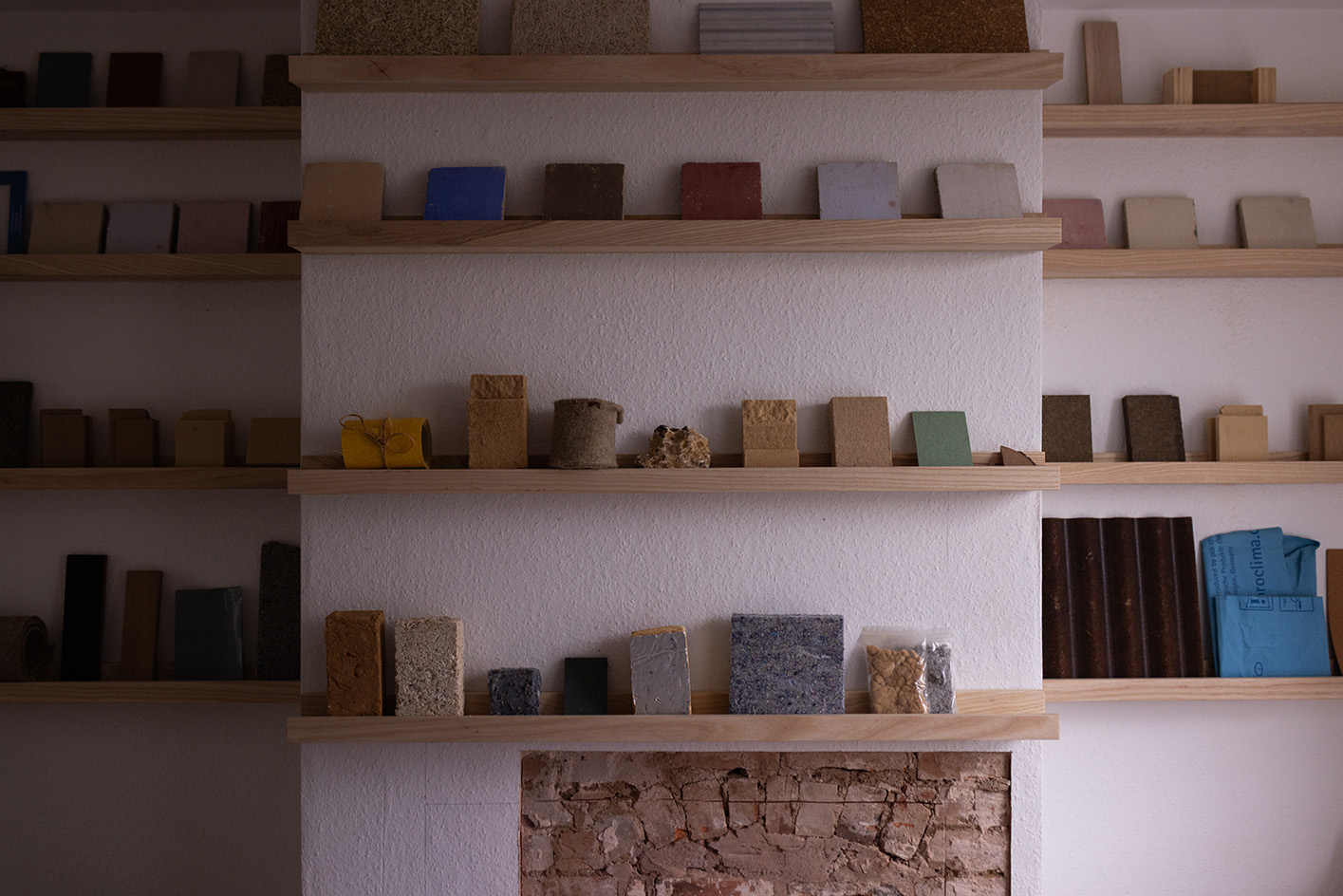 Take a tour of Retrofit House, the live showcase inspiring sustainable homebuilding
Take a tour of Retrofit House, the live showcase inspiring sustainable homebuildingRetrofit House, a showcase for residential redesign using biomaterials and environmentally smart methods, opens in Birmingham, UK, spearheaded by Civic Square, Dark Matter Labs and Material Cultures; we paid it a visit